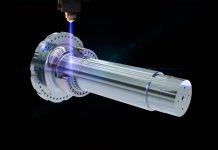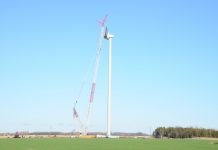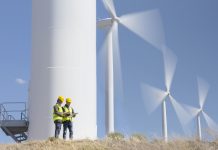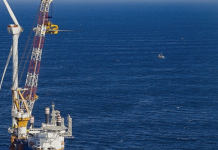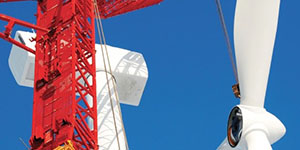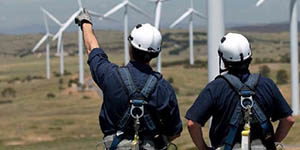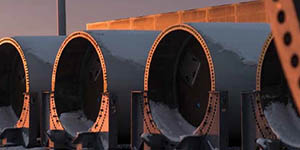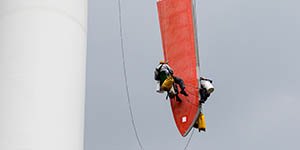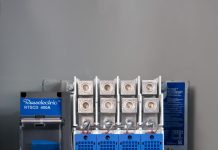The Fraunhofer Institute for Wind Energy Systems IWES has put a wind radar system into operation that enables three-dimensional wind field measurements at unprecedented distances and resolution. The Dual Doppler Wind Radar, consisting of two synchronously operating radar units, was set up near the DLR research wind farm WiValdi in the district of Stade in Lower Saxony and has been delivering measurement data for the first time since the beginning of June.
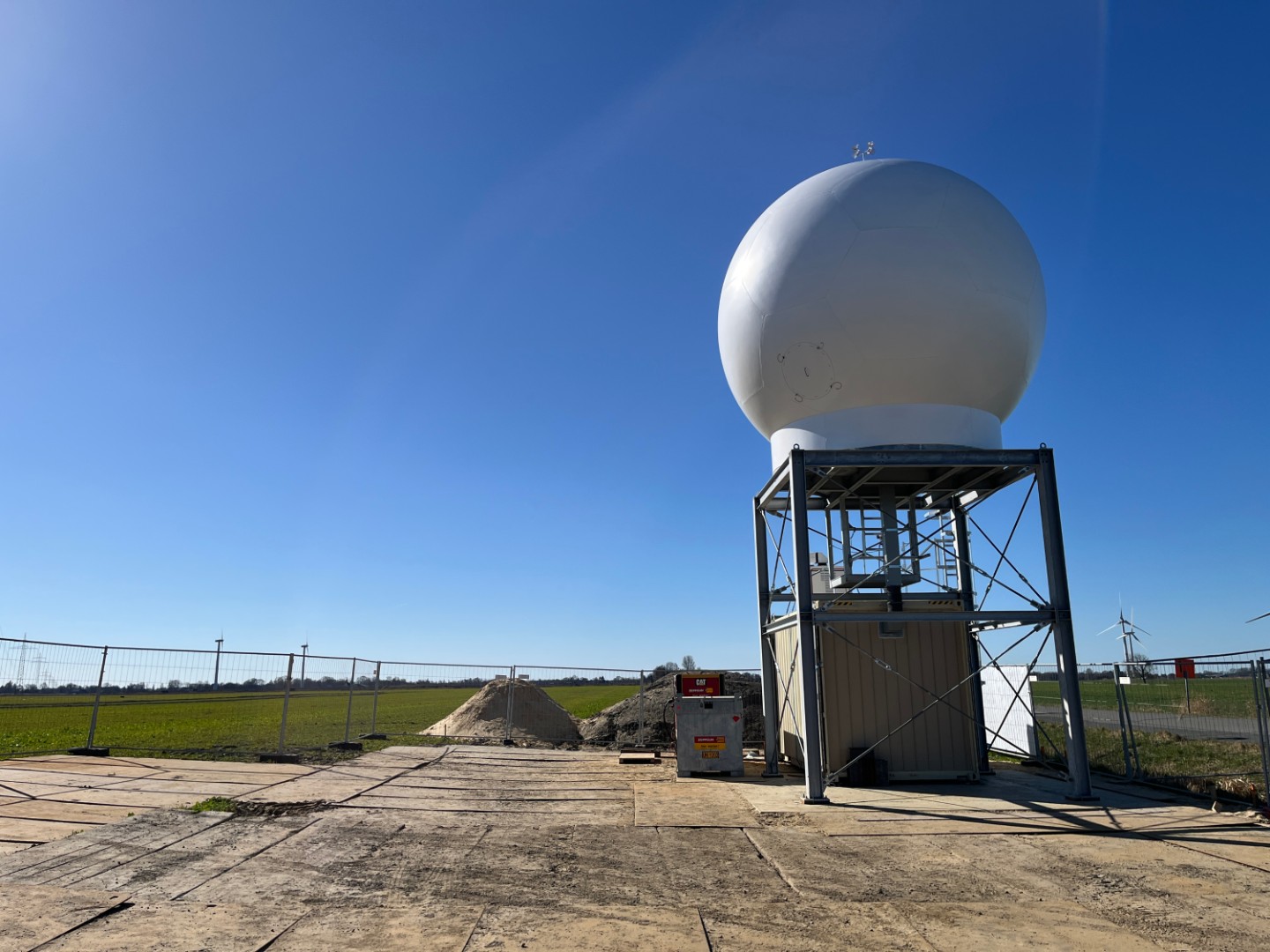
SmartWind Technologies from Texas developed and built the system. As part of the “Wind farm RADAR” project, which is funded by the German Federal Ministry for Economic Affairs and Energy, the radar system is being scientifically validated for the first time by the Fraunhofer IWES in collaboration with ForWind – Carl von Ossietzky University of Oldenburg. The aim is to make this new technology for wind field measurements usable for the wind industry and to offer it as a service for planners and operators in the long term. “With our system, the wind industry can analyze wind fields in greater detail than ever before. This brings us a big step closer to achieving climate targets and an independent energy supply,” said Dr. Jan Diettrich, project manager of the Wind Farm RADAR project at Fraunhofer IWES.
Dual Doppler wind radar technology could provide crucial data for site assessment and optimization of wind farms. The radar system could be used both during the planning phase and parallel to the operation of existing wind farms.
The system measures wind conditions over an area of more than 1,000 square kilometers and provides a unique information base for wind farm operators, investors and planners. It records several million wind measurements every two minutes with a range of 35 kilometers and depths that reach through the rotor sweep upward into the lower atmosphere.
The wind radar system is based on the dual Doppler principle: two radar stations, each equipped with a four-meter radar dish, emit electromagnetic pulses that reflect off particles in the air.
The characteristics of the reflected energy from each radar are then subsequently analyzed and merged to determine the exact wind speed, in three dimensions over the entire area under investigation.
“The dual Doppler wind radar system marks a significant advance in wind energy research,” said Prof. Dr. Martin Kühn from ForWind – University of Oldenburg. “The project enables us to validate the measurement data and use the findings to create new possibilities for optimizing wind farms.”
More info www.iwes.fraunhofer.de




